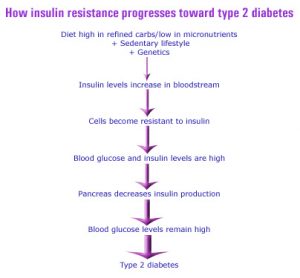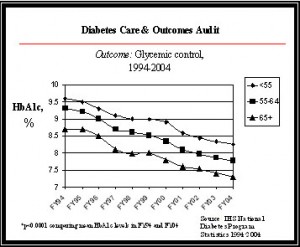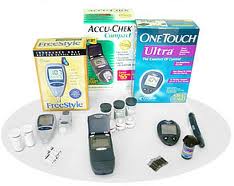How to manage a good glucose level

Have you just been diagnosed with diabetes and need a way to keep a good glucose level? Or have you had diabetes for many years and are looking to hone your in on good glucose level? Diabetes is when the body does not produce enough insulin, a chemical used to convert glucose (sugar) into fuel for your body. When the glucose levels in the body are too high it can lead to serious injury or even death making diabetes a serious health problem. This can be managed by correct exercise, diets, and medications prescribed by your doctor.
There are several ways to improve or lower your glucose level to a good diabetes level. By making a chart and listing what your blood sugar is at each reading every day and what you did that day. This can help filter out the things that you do that can help you and what hurts you.
Another way is to have your perfect blood glucose meter, one that you know how to operate and can easily used and read. This will make the blood testing simpler. Also you must learn the signs of hypoglycemia, which is a too low blood glucose level. Which causes dizziness, headaches, confusion, and fainting, these must be taken care of when noticed or risk hurting your body.
Also you should watch for ketones, a chemical sign that the body is using fat cells for fuel and can signal that you don’t have enough insulin. The symptoms of a excess ketone amount are dizziness, confusions, tiredness, you feel sick, and you feel tired all the time. Ketones are checked with special strips that are put into a container of urine and tell you thru color, if your ketones are high talk to a doctor immediately. Doing that can you keep a good blood glucose level. These are just a few ways to keep a good glucose level.




